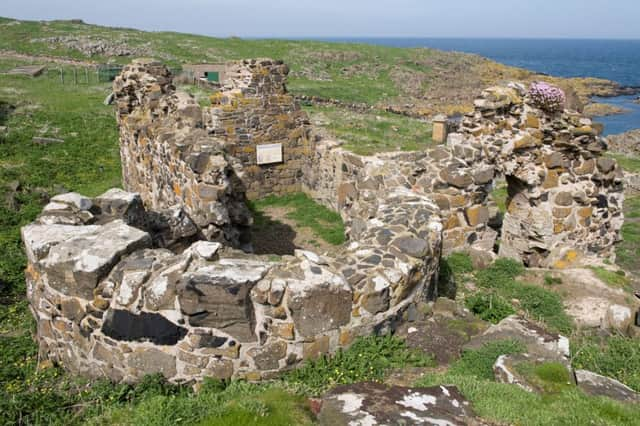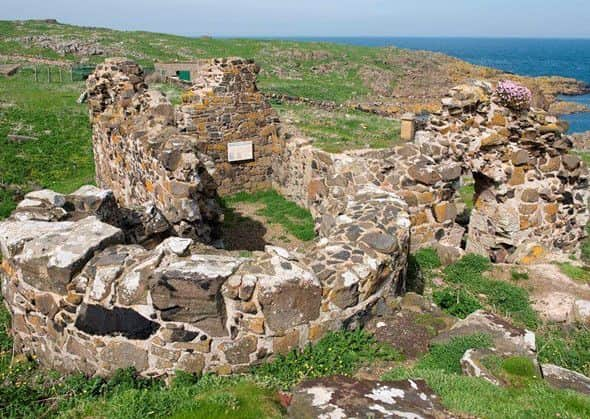Isle of May hosts archaeological exhibition


The exhibition, which takes place on the Scottish Natural Heritage (SNH) Isle of May national nature reserve, features artefacts excavated in the 1990s and tells the story of the island as a focus for Christian pilgrimage for 1000 years, beginning in the 5th century AD.
Peter Yeoman, consultant archaeologist, said: “This is the first time the fascinating objects from the May island monastery have ever been displayed.
Advertisement
Hide AdAdvertisement
Hide Ad“The excavations uncovered remarkable evidence relating to 1000 years of Christian community on this small island at the mouth of the Firth of Forth, including some of the oldest church buildings ever found in Scotland.


“Leading historian, Dr James Fraser, described the place as ‘St Andrews before St Andrews.’ One of the key discoveries was the remains of a pilgrim buried around 1300, with a scallop shell from Santiago de Compostela in Spain placed in his mouth.”
David Steel, SNH’s manager on the island, added: “We are delighted to be marking the Year of History, Heritage and Archaeology here on the wonderful Isle of May. As well as its spectacular wildlife, the island has a rich cultural history. This exhibition will give a fascinating insight into the lives of the monks who worshipped here.”
The exhibition, in collaboration with National Museums Scotland, will be housed in the island’s main lighthouse from May 17, with free entry.
Advertisement
Hide AdAdvertisement
Hide AdKnown locally as ‘The May’, the small island sits on the edge of the Firth of Forth. The island’s importance for seabirds has drawn scientists to its shores for many years and the May is home to the oldest continuously running bird observatory in the UK.


The May is also a regular haunt for grey seals, often seen lounging on the shoreline rocks. This island is a historical gem and it’s been a place of pilgrimage for centuries with an early island monastery. The May was also the site of Scotland’s very first lighthouse, built in 1636, while the current, castle-like lighthouse was designed by the engineer Robert Stevenson.
It’s free to visit the nature reserve, but you must take a boat trip to reach the island. Sailings are on the privately-run May Princess or Osprey of Anstruther from Anstruther Harbour, or through the Scottish Seabird Centre in North Berwick.
Anstruther – for tickets and details, see www.isleofmayferry.com (May Princess) or www.isleofmayboattrips.co.uk (RIB Osprey).
North Berwick – For tickets and details, book online on the Scottish Seabird Centre website at www.seabird.org or call 01620 890 202.